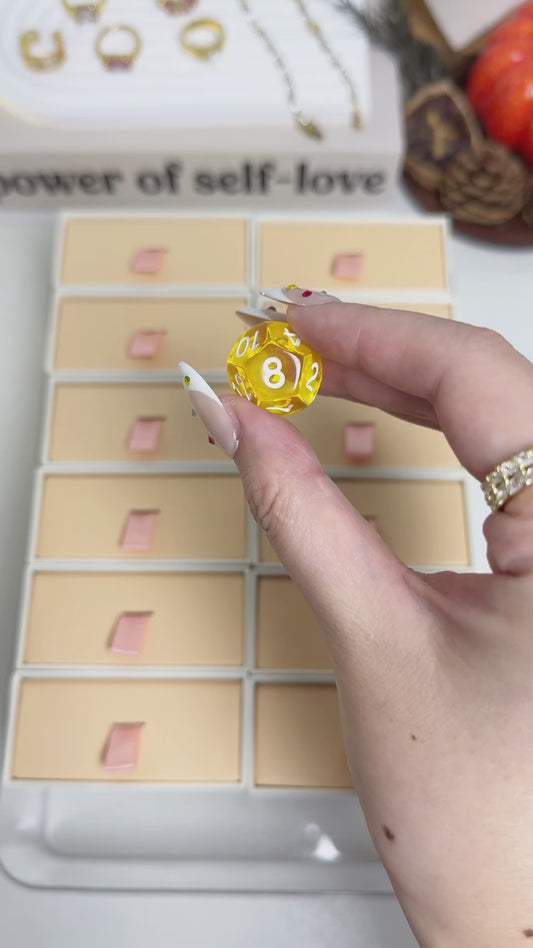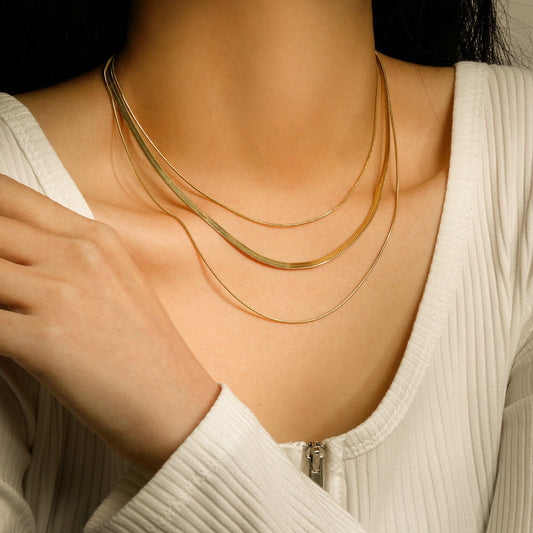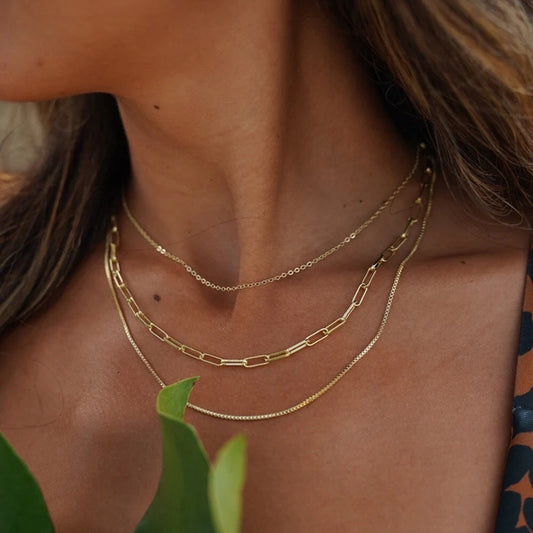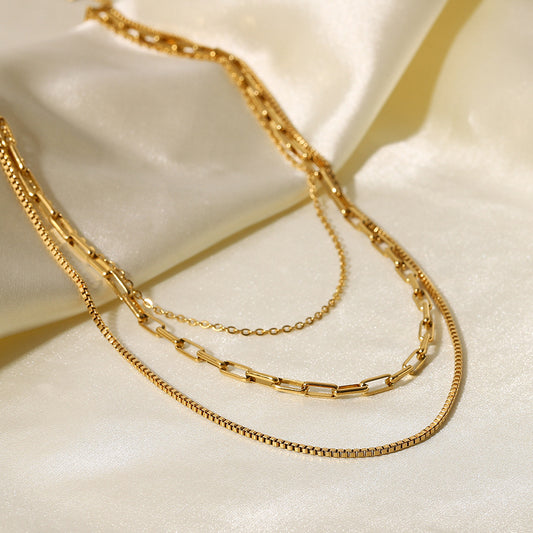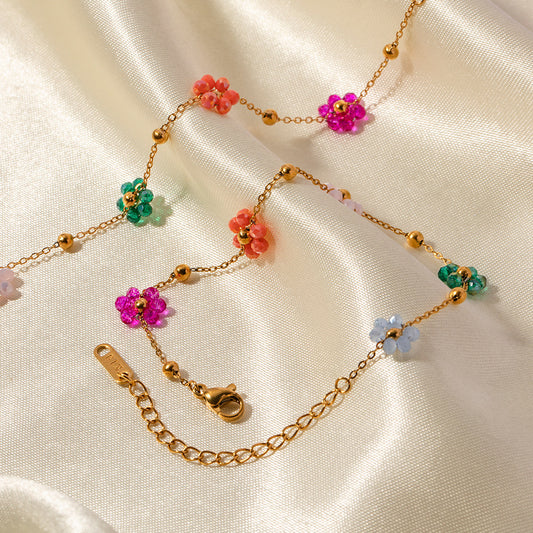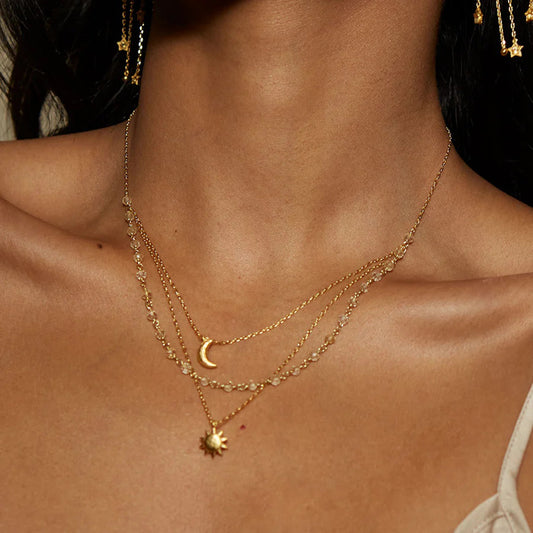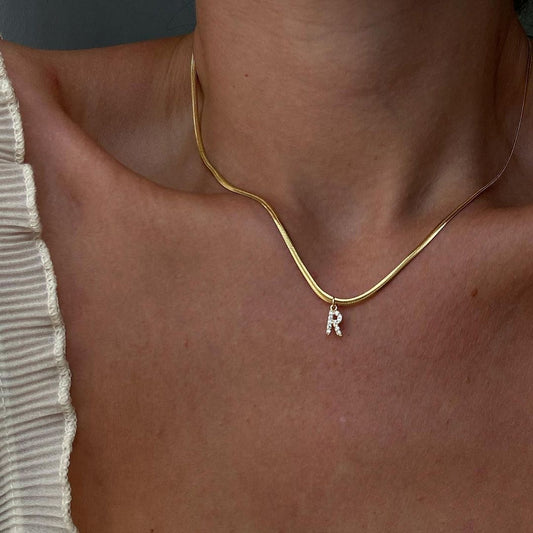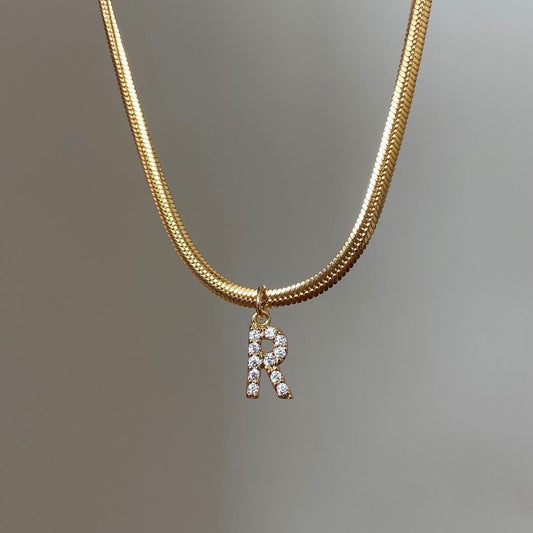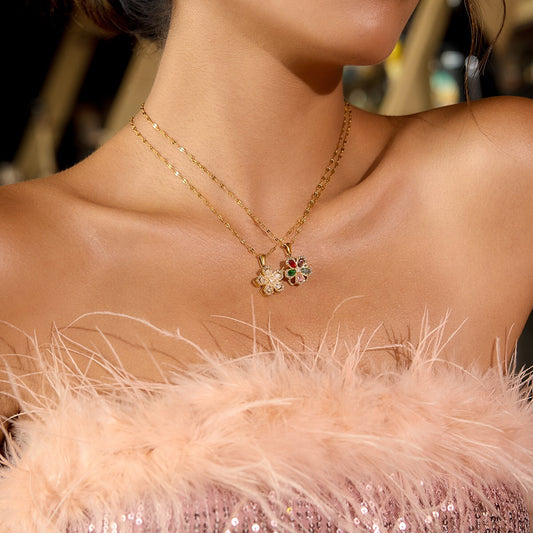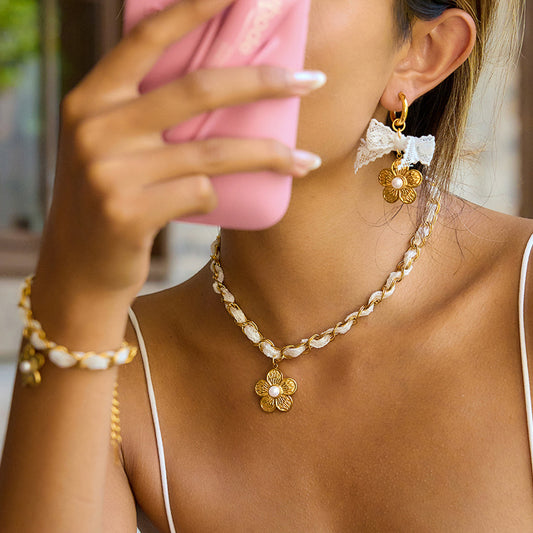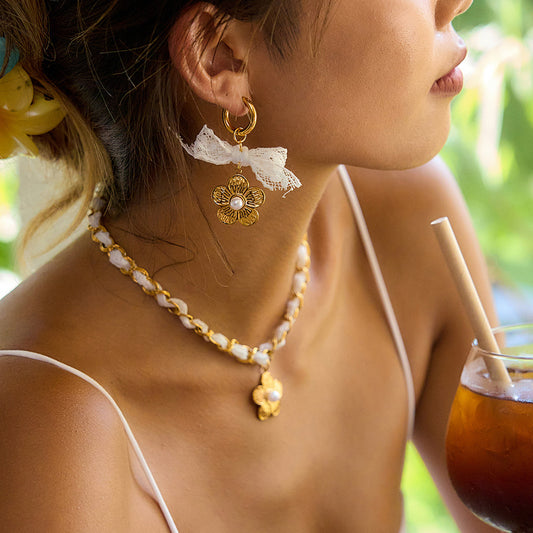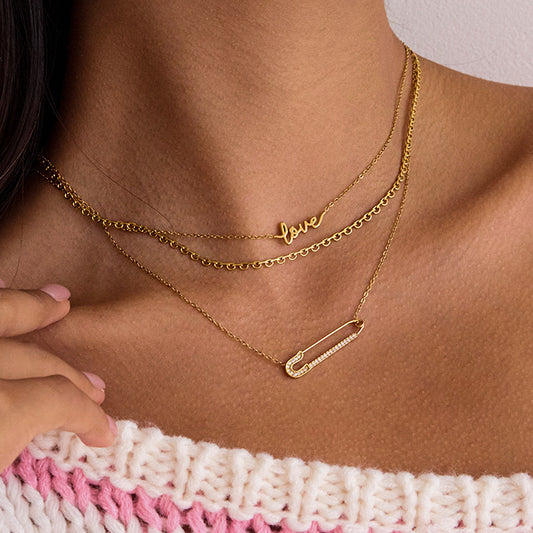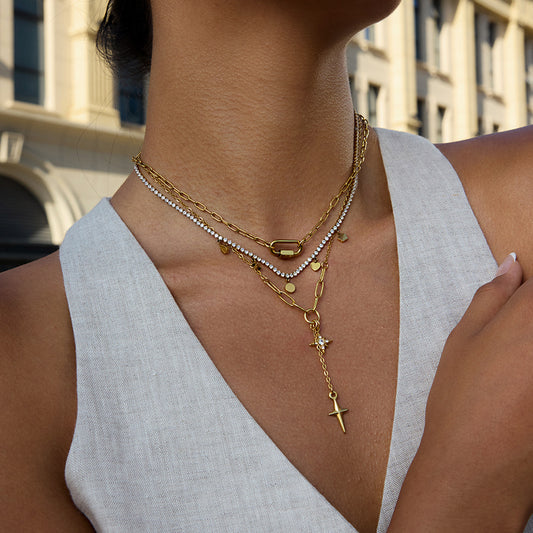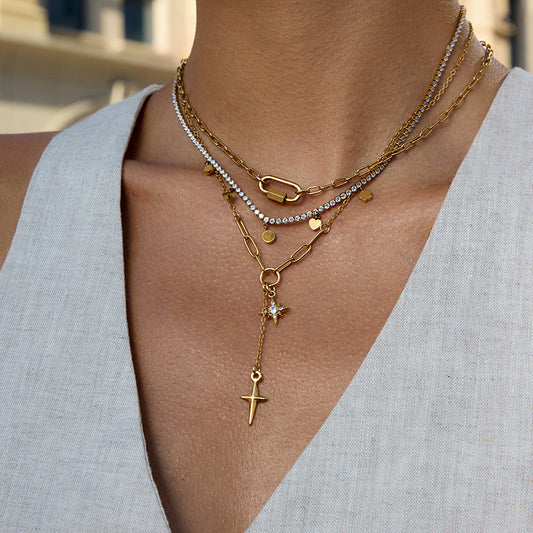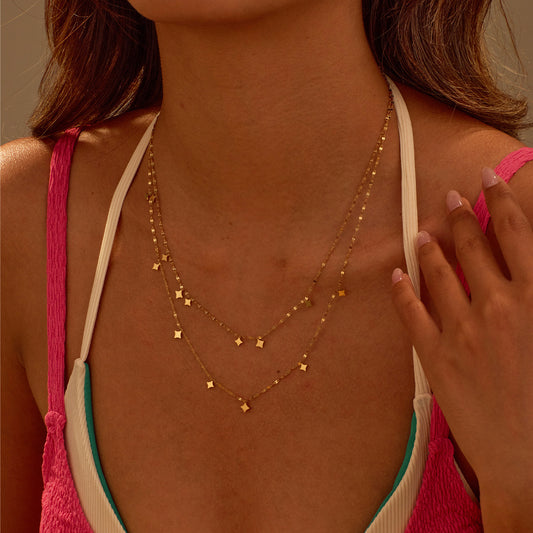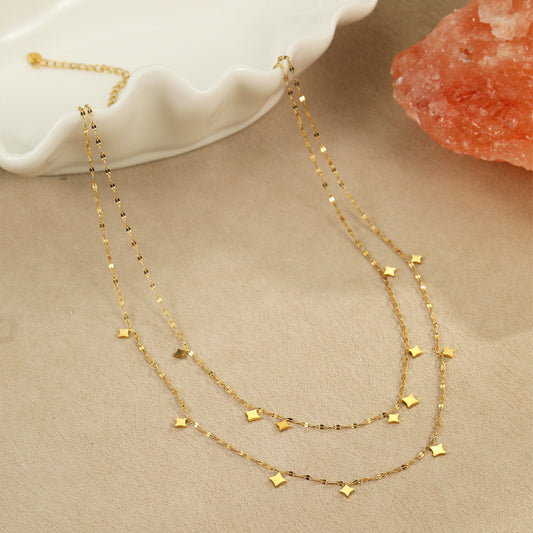Knowing how to see if a pearl is real is critical to avoiding overpaying for fakes, whether you’re shopping for a pearl necklace, earrings, or a ring. The global pearl jewelry market was valued at approximately $12.8 billion in 2021 and is projected to grow to around $42 billion by 2031, with a compound annual growth rate (CAGR) of about 13.2%. The market is flooded with imitation pearls—made from plastic, glass, or shell—often passed off as genuine. According to the Gemological Institute of America (GIA), fake pearls make up nearly 30% of “pearl” jewelry sold online by non-specialty retailers. Genuine pearls (cultured or natural) hold value, have unique beauty, and last for decades with care—while fakes fade, peel, or lose their luster quickly. The good news? You don’t need fancy tools to check authenticity. Below, we’ll walk you through simple, at-home ways to see if a pearl is real, plus when to call in a professional.

First: Know the Difference Between Real and Fake Pearls
Before learning how to see if a pearl is real, it helps to understand what sets genuine pearls apart from imitations:
-
Genuine Pearls (Cultured or Natural): Formed inside oysters or mollusks when an irritant (like a grain of sand) triggers the secretion of nacre (a calcium carbonate substance). Each real pearl has a unique surface texture, luster, and shape.
-
Fake Pearls (Imitations): Made from materials like plastic beads coated with pearlescent paint, glass beads dipped in wax, or shell fragments pressed into shape. They often have a uniform look, dull luster, and smooth surfaces.
This baseline knowledge will make it easier to spot red flags as you test.
How to See If a Pearl Is Real: 5 At-Home Tests (No Tools Needed)
Test 1: The “Tooth Test” (Most Reliable At-Home Check)
The tooth test is the oldest and simplest way to see if a pearl is real—and it works because of nacre’s texture. Here’s how:
-
Gently rub the pearl against the front of your tooth (near the gumline, where skin is sensitive).
-
Real Pearls: Feel slightly rough or gritty, like sandpaper. This is because nacre is made of tiny, overlapping layers that create friction.
-
Fake Pearls: Feel smooth or slippery. Imitations have a uniform coating that doesn’t have the natural texture of nacre.
Pro Tip: Don’t press too hard—you don’t want to scratch the pearl. Rub lightly for 2–3 seconds to get a feel.

Test 2: The “Luster Check” (Look for Depth)
Real pearls have a unique “orient”—a soft, glowing luster that seems to come from inside the pearl—while fakes have a flat, one-dimensional shine. To do this test:
-
Hold the pearl under natural light (near a window works best) or a soft white light.
-
Real Pearls: You’ll see a warm, iridescent glow. Move the pearl slightly—you may notice subtle color shifts (e.g., hints of pink, blue, or green) in the luster.
-
Fake Pearls: The shine looks plastic-like or painted on. It’s bright but flat, with no depth or color variation.
Pro Tip: Compare the pearl to a known fake (e.g., a cheap costume jewelry pearl) if you have one— the difference in luster will be obvious.
Test 3: The “Shape and Surface Check” (Embrace Imperfection)
Genuine pearls are never perfectly uniform—this imperfection is a sign of authenticity. Here’s how to inspect:
-
Examine the pearl closely (use your eyes or a magnifying glass if you have one).
-
Real Pearls: Look for small flaws: slight bumps, uneven surfaces, or minor color variations. Even high-quality cultured pearls have tiny “birthmarks” from their growth process.
-
Fake Pearls: Are often perfectly round, with smooth, blemish-free surfaces. Plastic or glass pearls are mass-produced, so they lack the natural irregularities of real pearls.
Pro Tip: Check a strand of pearls—real pearl strands will have slight differences in size, shape, and luster. Fake strands look “too perfect,” with every pearl matching exactly.

Test 4: The “Weight Test” (Feel the Difference)
Real pearls are denser than most imitations, so they feel heavier in your hand. Here’s how to compare:
-
Hold one pearl in each hand—one you suspect is real, and one you know is fake (or a small plastic bead of similar size).
-
Real Pearls: Feel slightly heavier and more solid. Nacre is denser than plastic or glass, so even a small real pearl will have more heft.
-
Fake Pearls: Feel light or hollow. Plastic pearls, in particular, feel “floaty” compared to real ones.
Pro Tip: If testing a pearl necklace, lift the strand—real pearls will drape more naturally and feel substantial, while fake strands may feel lightweight or stiff.
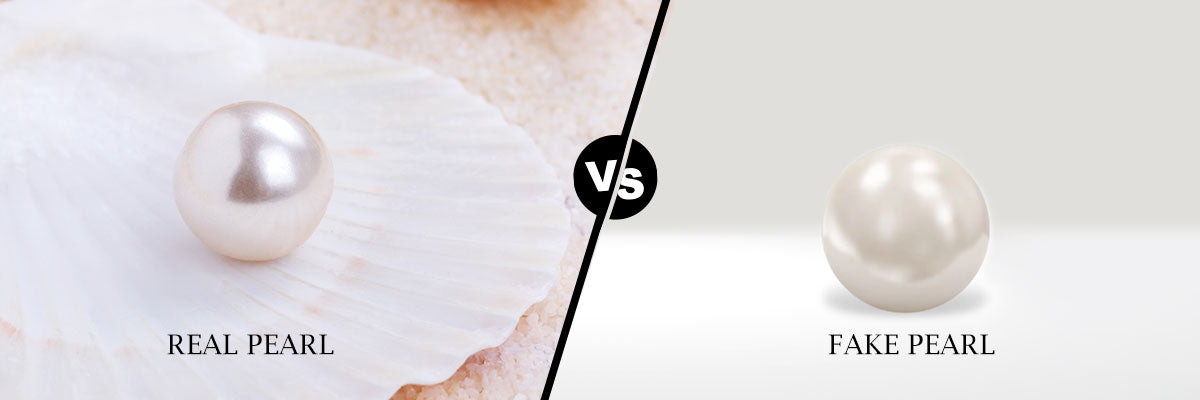
Test 5: The “Sound Test” (Listen for a Ping)
Real pearls make a distinct sound when tapped together, thanks to their solid nacre structure. Here’s how:
-
Take two pearls from the same strand (or two loose pearls) and gently tap them together (like clicking your fingernails).
-
Real Pearls: Make a soft, clear “ping” or “clink” sound—similar to tapping two pieces of fine china.
-
Fake Pearls: Make a dull “thud” or “click” sound. Plastic or glass pearls don’t resonate the same way as solid nacre.
Pro Tip: Tap lightly—you don’t want to scratch the pearls. If testing a single pearl, tap it against a tooth (similar to the tooth test) and listen for a subtle ping.
How to See If a Pearl Is Real: 2 Professional Checks (For Peace of Mind)
Check 1: Ask for a Gemological Certificate
If you’re buying high-value pearl jewelry (e.g., a South Sea pearl necklace or Akoya pearl earrings), the easiest way to see if a pearl is real is to ask the seller for a certificate from a reputable lab like the GIA or AGS (American Gem Society). This certificate will confirm:
-
Whether the pearls are genuine (cultured or natural).
-
The type of pearls (e.g., Akoya, Tahitian, freshwater).
-
Details like nacre thickness (a key factor in quality) and origin.
Red Flag: If a seller refuses to provide a certificate or offers a generic “certificate” with no lab logo, the pearls are likely fake.

Check 2: Visit a Local Jeweler
If you already own pearls and want to verify their authenticity, take them to a trusted local jeweler. Jewelers have tools like loupes (high-magnification lenses) and refractometers to check for:
-
Nacre Layers: A jeweler can see the tiny, overlapping nacre layers in real pearls—imitations have a single, uniform coating.
-
Drill Holes: Real pearls have smooth, clean drill holes (if strung), while fake pearls may have rough edges or paint chipping around the hole.
-
Fluorescence: Under UV light, some real pearls glow slightly—fake pearls often don’t glow or have uneven fluorescence.
Most jewelers offer this check for free or a small fee (usually \(20–\)50), and it’s worth it for expensive pieces.
Common Myths About How to See If a Pearl Is Real (Don’t Fall for These!)
Myth 1: “Real Pearls Are Always White”
False! Real pearls come in a range of colors: white, cream, pink, lavender, black (Tahitian pearls), and even gold (South Sea pearls). Color doesn’t determine authenticity—luster, texture, and shape do. A black pearl can be just as real as a white one.
Myth 2: “If a Pearl Floats in Water, It’s Fake”
Mostly false! Both real and fake pearls are denser than water, so they’ll sink. The only exception is very low-quality plastic pearls (which are rare)—but this test isn’t reliable enough to confirm authenticity. Stick to the tooth or luster test instead.
Myth 3: “Real Pearls Are Extremely Expensive”
False! Freshwater cultured pearls are affordable (often \(50–\)200 for a strand) and 100% real. Fake pearls can also be pricey (if marketed as “designer”), so price alone isn’t a good indicator. Always test for texture and luster, even if the pearls are cheap.
Final Tips: How to Protect Yourself From Fake Pearls
Now that you know how to see if a pearl is real, use these tips to shop safely:
-
Buy from Reputable Sellers: Stick to jewelers who specialize in pearls (e.g., Mikimoto, Pearls.com) or trusted retailers with good reviews. Avoid random online marketplaces with no return policy.
-
Inspect Before Buying: If shopping in person, do the tooth and luster tests right there. If shopping online, ask for close-up photos of the pearls’ surfaces and a video of the sound test.
-
Check the Return Policy: Choose sellers who offer a 30–60 day return policy—this lets you test the pearls at home and return them if they’re fake.
How to See If a Pearl Is Real: Your Guide to Confident Buying
Knowing how to see if a pearl is real empowers you to shop for pearl jewelry with confidence—whether you’re looking for a gift, an everyday piece, or an heirloom. The at-home tests (tooth, luster, shape) are quick and reliable, and professional checks add extra peace of mind for high-value pieces. Remember: real pearls have character—imperfections, depth of luster, and a unique feel. Fakes, no matter how well-made, lack that natural charm.
Ready to put your knowledge to use? Start by testing any pearls you already own—you might be surprised by what you find! If you’re shopping for new pearls, use the tests above to ensure you’re getting genuine, high-quality pieces that will shine for years. Happy pearl hunting!




